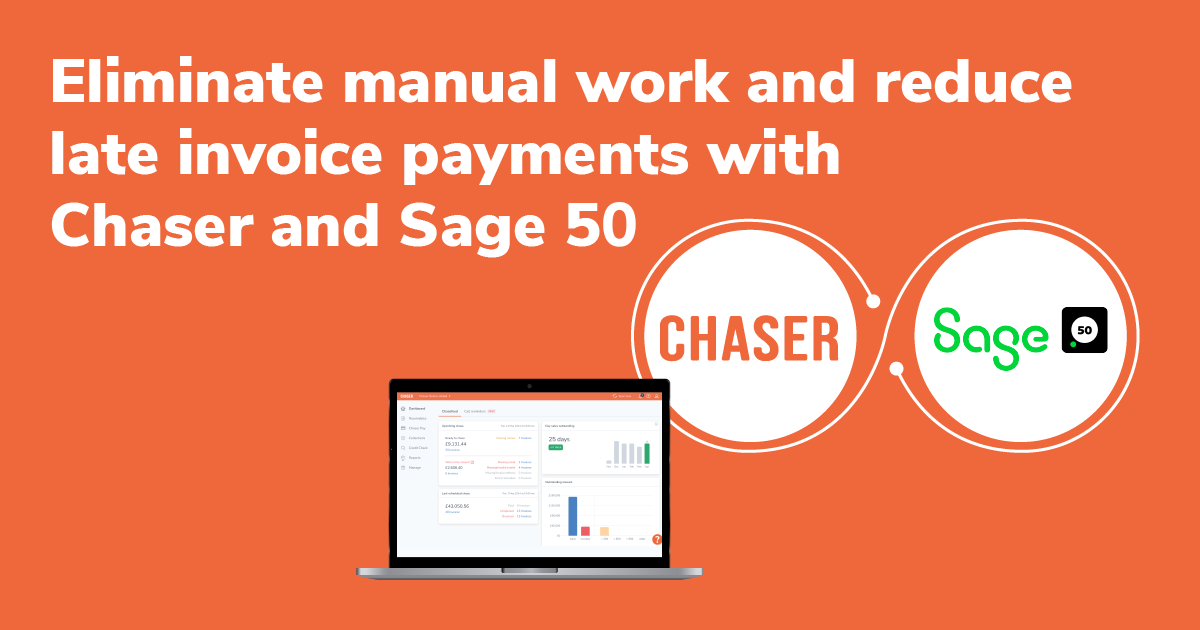Topic: Credit control & accounts receivables (3)

Is accounts receivable an asset?
Accounts receivable is a critical component of many businesses' financial statements. It represents the money...

What are accounts receivable vs accounts payable?
In the world of finance, two crucial concepts that play a significant role in managing a company's cash flow...

What is the accounts receivable turnover ratio?
The accounts receivable turnover ratio is a financial ratio that measures how efficiently a company collects...

Eliminate manual work and reduce late payments with Chaser and Sage 50
Chaser has launched a new integration with Sage 50, an established accounting software designed for small and...

Is it good if your AR has decreased?
Accounts receivable (AR) is a critical metric that reflects the financial health of a company. A decrease in...

Accurate record keeping: the secret to accounts receivable success
Accurate recording keeping is a vital aspect of any businesses and nowhere is this more true that in your...

Multi-channel payment chasing: The key to improving your cash flow
A shocking 55% of all the invoices issued in the US are paid late. Even worse, 20% of those are only paid...

What are automatic payment retries in accounts receivables?
Failed transactions are a normal part of business, with data showing that around 11% of all online payments...

The most common accounts receivable problems and how to solve them
Late payments cost business in the UK £1.6 billion per year and the crushing financial pressure shows no sign...

What is an invoice?
An invoice is a legal document requesting payment for products sold or services rendered. It contains the...

How to check for liquidity and solvency in your debtors
Liquidity and solvency are important in determining debtors' financial health and repayment ability. The...

How to deal with errors in your credit management process | Chaser
Effective credit management is crucial to maintaining cash flow and ensuring operational stability. This...